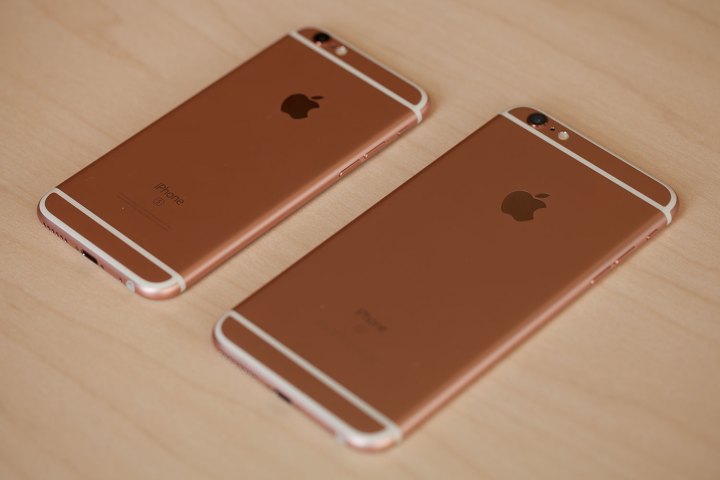
If it ain’t broke, don’t fix it. Or at the very least, if you’re going to fix it, make it a big fix. Unfortunately, Apple seems not to have learned that particular lesson with the release of its latest iPhone model — the iPhone 6S Plus. Despite Apple’s reported record sales of the latest generation of iPhones, a Localytics study suggests that both “the iPhone 6S and 6S Plus are experiencing lower adoption rates in the first week of their availability versus the same time frame for the iPhone 6 and 6 Plus last year.” In fact, when it comes to iPhone adoption as of this month, the iPhone 6 crushes the competition with 33.2 percent market share, whereas the new iPhone 6S and 6S Plus have only 1.5 and 0.4 percent, respectively.
For those who have compared the newest version of the phone to its predecessors, this likely comes as little surprise. A Guardian review of the 6S Plus called it “barely better” than earlier models, and with few real upgrades and only the most minute of aesthetic changes, it’s easy to see why. Of course, the iPhone S was considered a soft launch rather than a major product upgrade, but still, the lackluster reception calls to mind the ill-fated 5C (though truth be told, I’m still rockin’ my plastic iPhone today).
Related: Study: iOS 9 ad blockers save iPhone users time, data, and money
While the low adoption rates of the S versions are to be expected given their newness, Localytics points out that at this point in the iPhone 6’s life cycle, the 6 and the 6 Plus accounted for 2.7 percent of all iPhones. The 6S and 6S Plus, on the other hand, account for just 1.9 percent of iPhones today. In fact, since the S series’ release, the iPhone 6 has only grown more popular, which may be a result of the falling prices that always accompany the launch of a new iPhone product (no matter how similar it is to the last version).
That being said, iOS 9 seems to be quite popular across iPhone owners, experiencing higher adoption rates than the previous iOS 8. Still, neither version is as popular as iOS 7, which provided perhaps the biggest interface change in recent Apple memory.
Guess that shows ya, Apple — looks like you’re going to have to make bigger changes to make a bigger splash.
Editors' Recommendations
- I can’t wait for Nothing to launch this stunning phone
- This one Apple Fitness feature completely changed how I exercise
- We finally know when Apple will announce its 2024 iPads
- An Apple insider just revealed how iOS 18’s AI features will work
- 5 phones you should buy instead of the iPhone 15


